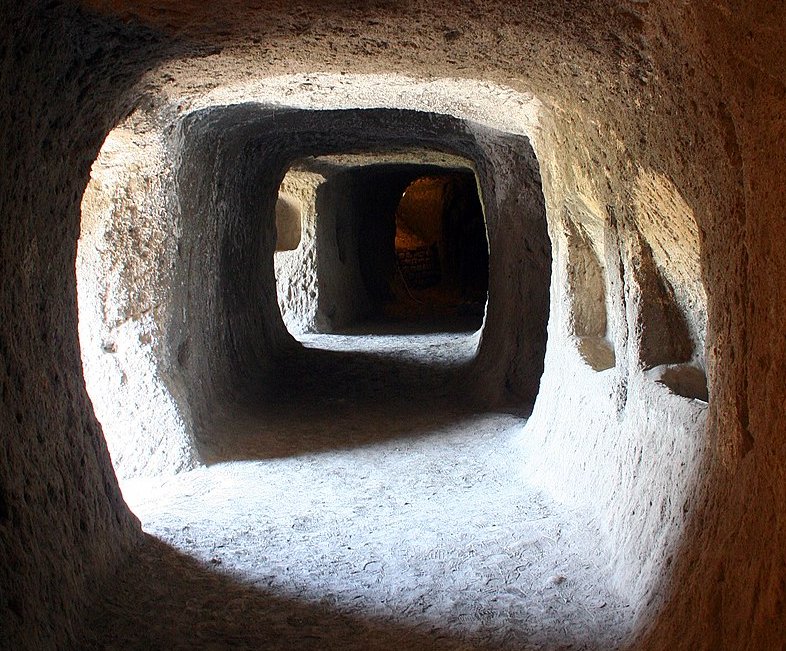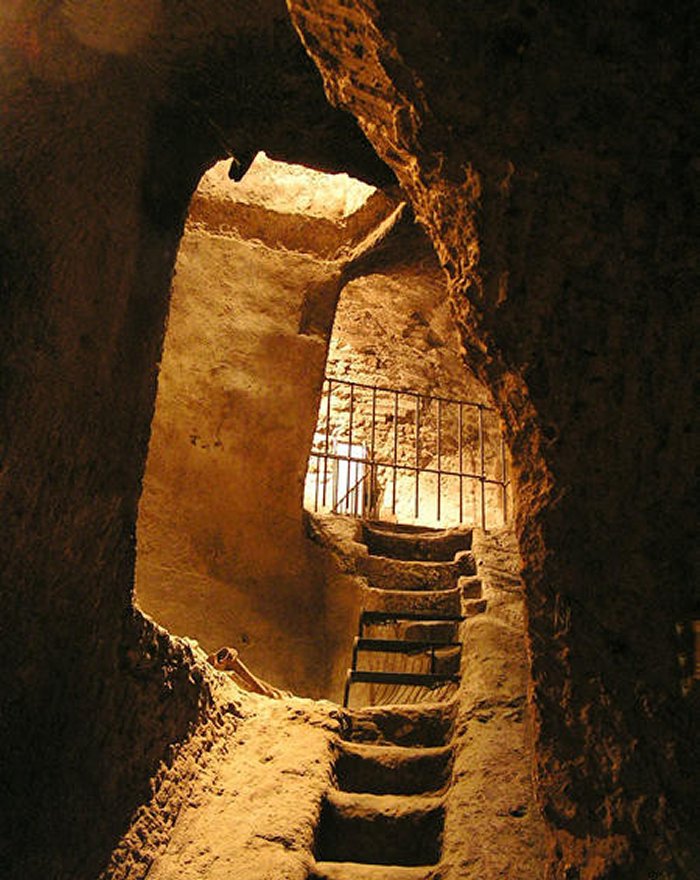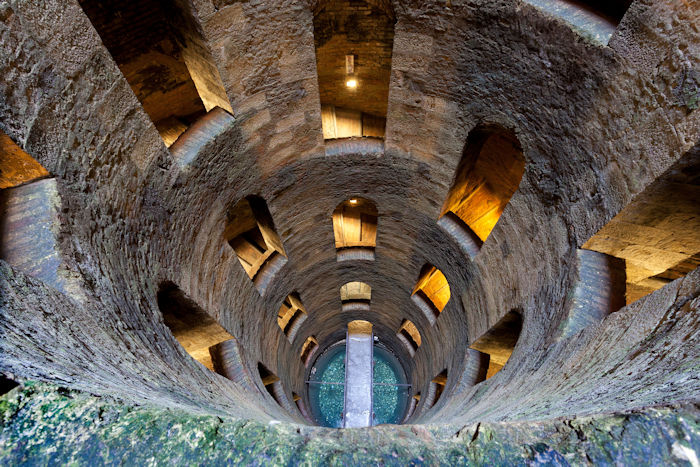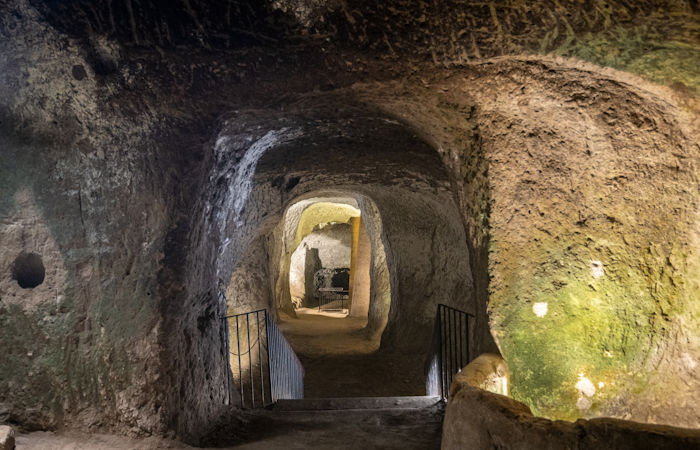Underground Orvieto – Etruscan ‘City Under A City’ With Labyrinth, Tunnels, Pyramidal Structures, Oil Mills And Water Supply
A. Sutherland - AncientPages.com - There is a vast network of neolithic tunnels crisscrossing several European countries, built millennia ago.
The old city of Orvieto, Italy, once a significant center of the Etruscan civilization, has much more.
The underground tunneling system. The underground city of Orvieto, Italy – Image credit: Roberto Ferrari - CC BY-SA 2.0
It has a fascinating underground complex of mysterious caves connected by tunnels that now reveal surprising archaeological discoveries.
Orvieto is located on an isolated tuff mountain, the vertical walls of which are partly natural and artificial. This mountain hides in its depths an underground city with a secret labyrinth of excavated caves, probably built in part by noble families who used these as secret passages in case they were attacked, or the city was besieged.
The Umbrian ancient town with a long history of Etruscan, medieval, and Renaissance roots has a fascinating underground hidden under the massive tuff cliff.
Available ancient sources inform that during the 6th- 4th centuries BC, the town of Orvieto was a culturally and economically developed Etruscan city.
Pozzo della Cava, the Etruscan cistern. Image credit: Orvietano - CC BY-SA 3.0
There are tunnels, caverns dating back to about 2500 years ago, countless stairs and cisterns, and caves all dated to the Etruscan era and created by man. It is fascinating that the labyrinth is equipped with ancient oil mills, silos, and wells that were once fully functioning for the needs of people.
Discovery Was Made Accidentally
Discovered accidentally in the 1970s¨, the underground city of Orvieto contributed to the region with a great historical and archaeological legacy. It all started when a vast landslide hit the Umbrian town of Orvieto in the 70s and a particular mysterious legend.
People in the area began to talk about an old urban legend mentioning an empty Orvieto located' below.' Researchers decided to explore the underground of the city. Thus, under its surface, they found an unknown Orvieto, with a labyrinth divided into more than 1200 caves, tunnels, wells, cisterns for rainwater conservation, and mysterious openings and overhanging walls and windows with irregular forms.
It was an extraordinary discovery worth further investigation to shed more light on this still mysterious civilization of the Etruscans.
The excavations of the underground city of Orvieto revealed many historical structures like a medieval oil mill with millstones, pipelines, a hearth, a press, feeders for animals, water pipelines, and containers used for fruit pomace. Cisterns dated to the 5th century BC and a series of other cisterns from the Middle Ages and the Renaissance times were found too.
Pozzo di San Patrizio (English: "St. Patrick's Well") is a historic well in Orvieto, Umbria, central Italy. Credit: Adobe Stock - robiextrafa
One of the most exciting parts of the underground Orvieto is the co-called Hadrian's Labyrinth, full of cavities formed by ancient walkways, silos, wells, throats, and cisterns. On the other hand, the Well of the Quarry is approximately 36 meters deep, whose wall was marked by the trace of a well with footholds, considered typical of the Etruscan time. Famous is also St. Patrick's Well.
Sensational Pyramidal Structures (Hypogea)
Excavations conducted approximately eight miles northwest of Orvieto, southwestern Umbria, Italy, focused on a series of pyramidal hypogea beneath the city of Orvieto and a survey of Etruscan tombs in Castel Georgio. The archaeological exploration of a series of Etruscan underground pyramidal structures showed they are dated to before the 5th century BC.
Other puzzling structures are strange "pyramidal hypogea that the Etruscans built before the five century BC. According to an international team of archaeologists led by Prof. David B. George of St. Anselm College and co-director Claudio Bizzarri of PAAO and colleagues, the function of these Etruscan structures remains a mystery
"As for the underground pyramidal structure (hypogeum), we discovered it three summers ago and still have no idea what it is. We do know what it is not.
Credit: Adobe Stock - SeanPavonePhoto
"It is not a quarry; its walls are too well dressed. It is not a well or cistern; its walls have no evidence of hydraulic treatments. Currently, we are 15 meters down. Below a medieval floor, we have a mix of material from the prehistoric to the 5th century BC."
Extensive excavation works revealed sculptures, monumental structures, inscriptions, mosaics, coinage, ceramics, frescoes, and numerous other artifacts. Researchers hope to solve the mystery of the strange pyramidal structure and other underground puzzling structures with the help of unearthed artifacts and analysis of the soil at the site.
Otherwise, over a hundred and fifty inscriptions in the Etruscan language could also help shed light on the life of the Etruscans, one of Europe's most mysterious ancient peoples, who are believed to have migrated from Lydia in modern western Turkey.
According to some theories, these people settled in northern and central Italy nearly 3,000 years ago.
However, the 1st-century BC historian Dionysius of Halicarnassus (c. 60 BC – after 7 BC), a Greek living in Rome, postulated that the Etruscans were indigenous people who had always lived in Etruria and were different from both the Pelasgians and the Lydians. According to Dionysius, the 5th-century historian Xanthus of Lydia, who was regarded as an essential source and authority for the history of Lydia, never suggested a Lydian origin of the Etruscans.
Orvieto - 'city under the city' still keeps its secrets.
Written by – A. Sutherland - AncientPages.com Senior Staff Writer
Updated on November 11, 2022
Copyright © AncientPages.com All rights reserved. This material may not be published, broadcast, rewritten or redistributed in whole or part without the express written permission of AncientPages.com
Expand for referencesReferences:
Shipley, L. The Etruscans: Lost Civilizations
Connolly, Hugh. "The Well Is Deep." The Furrow 66, no. 3 (2015)
More From Ancient Pages
-
 What Is The Curse Of The Ninth Symphony?
Ancient History Facts | Aug 3, 2018
What Is The Curse Of The Ninth Symphony?
Ancient History Facts | Aug 3, 2018 -
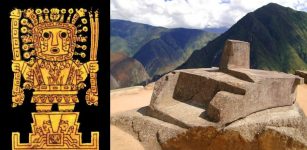 Mysterious And Sacred Intihuatana Stone Of The Inca Was More Than Just An Astronomy Calendar
Archaeoastronomy | May 8, 2018
Mysterious And Sacred Intihuatana Stone Of The Inca Was More Than Just An Astronomy Calendar
Archaeoastronomy | May 8, 2018 -
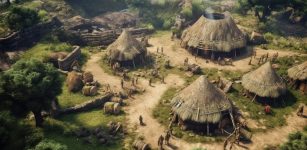 Height Differences Among Neolithic People Was Caused By Environmental Stress Not Genetics
DNA | Dec 13, 2023
Height Differences Among Neolithic People Was Caused By Environmental Stress Not Genetics
DNA | Dec 13, 2023 -
 Human Footprints Dating Back 800,000 Years Discovered In Norfolk UK
Archaeology | Feb 7, 2014
Human Footprints Dating Back 800,000 Years Discovered In Norfolk UK
Archaeology | Feb 7, 2014 -
 Spir Mountain Cairns: Prehistoric Ancient Monuments To The Dead In Northern Sweden
Featured Stories | Jan 12, 2022
Spir Mountain Cairns: Prehistoric Ancient Monuments To The Dead In Northern Sweden
Featured Stories | Jan 12, 2022 -
 Yokai Hone-Onna (‘Skeleton Woman’): Deceptive Succubus That Feeds On Man’s Soul And Vitality In Japanese Folklore
Featured Stories | Jan 20, 2020
Yokai Hone-Onna (‘Skeleton Woman’): Deceptive Succubus That Feeds On Man’s Soul And Vitality In Japanese Folklore
Featured Stories | Jan 20, 2020 -
 Countess Loretta Of Sponheim Kidnapped Archbishop Of Trier And Got Away With It
Featured Stories | Sep 26, 2018
Countess Loretta Of Sponheim Kidnapped Archbishop Of Trier And Got Away With It
Featured Stories | Sep 26, 2018 -
 Ancient DNA Reveals Hunter-Gatherers From Mexico Moved To California 5,200 Years Ago
DNA | Nov 29, 2023
Ancient DNA Reveals Hunter-Gatherers From Mexico Moved To California 5,200 Years Ago
DNA | Nov 29, 2023 -
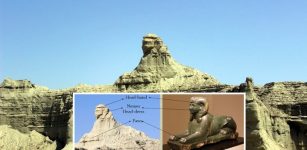 Mysterious Balochistan Sphinx Has An Ancient Story To Tell – But Is An Advanced Ancient Civilization Or Mother Nature Hiding Behind The Story?
Featured Stories | Feb 3, 2018
Mysterious Balochistan Sphinx Has An Ancient Story To Tell – But Is An Advanced Ancient Civilization Or Mother Nature Hiding Behind The Story?
Featured Stories | Feb 3, 2018 -
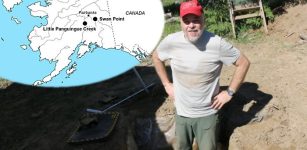 Tanana Valley, Alaska: Study On Ancient Hunter-Gatherer Sites Dating Back To 14,500 Years Ago
Archaeology | Mar 21, 2022
Tanana Valley, Alaska: Study On Ancient Hunter-Gatherer Sites Dating Back To 14,500 Years Ago
Archaeology | Mar 21, 2022 -
 Enigmatic Ancient City Where People Experience Telepathy And Higher Level Of Consciousness
Featured Stories | Oct 10, 2018
Enigmatic Ancient City Where People Experience Telepathy And Higher Level Of Consciousness
Featured Stories | Oct 10, 2018 -
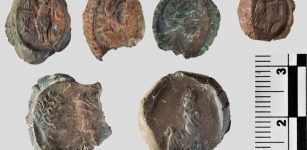 1,000 Ancient Sealings Linked To Graeco-Roman Pantheon Among Finds In Unidentified Church In Turkey
Archaeology | Dec 12, 2017
1,000 Ancient Sealings Linked To Graeco-Roman Pantheon Among Finds In Unidentified Church In Turkey
Archaeology | Dec 12, 2017 -
 Genetic Links Between Traits Are Often Overstated – UCLA Study
Archaeology | Nov 28, 2022
Genetic Links Between Traits Are Often Overstated – UCLA Study
Archaeology | Nov 28, 2022 -
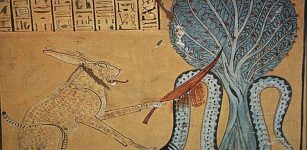 Malignant Serpent God Apophis: Symbol Of Chaos And Forces Of Darkness
Ancient Symbols | Oct 13, 2016
Malignant Serpent God Apophis: Symbol Of Chaos And Forces Of Darkness
Ancient Symbols | Oct 13, 2016 -
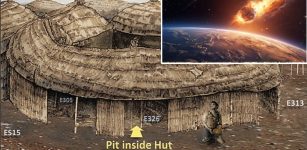 Cosmic Impact 12,800 Years Ago Forced Hunter-Gatherers In The Levant To Adopt Agricultural Practices
Archaeology | Oct 4, 2023
Cosmic Impact 12,800 Years Ago Forced Hunter-Gatherers In The Levant To Adopt Agricultural Practices
Archaeology | Oct 4, 2023 -
 Number Nine: Sacred Symbol In Ancient Cultures
Ancient Symbols | Feb 14, 2017
Number Nine: Sacred Symbol In Ancient Cultures
Ancient Symbols | Feb 14, 2017 -
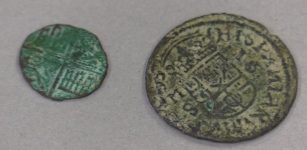 Ancient Roman Coins Discovered In Utah Could Re-Write History But Are They Authentic?
Archaeology | Apr 23, 2019
Ancient Roman Coins Discovered In Utah Could Re-Write History But Are They Authentic?
Archaeology | Apr 23, 2019 -
 Gonzalo Guerrero – The Renegade Who Joined The Maya Against His Own People
Featured Stories | Feb 27, 2020
Gonzalo Guerrero – The Renegade Who Joined The Maya Against His Own People
Featured Stories | Feb 27, 2020 -
 King Offa Of Mercia And The Murder Of King Ethelbert – Revenge Or Jealousy?
Featured Stories | Jul 19, 2018
King Offa Of Mercia And The Murder Of King Ethelbert – Revenge Or Jealousy?
Featured Stories | Jul 19, 2018 -
 Graves Of Celtic Princes Reveal How Powerful Women Were In Pre-Roman Germany
Archaeology | Jun 4, 2024
Graves Of Celtic Princes Reveal How Powerful Women Were In Pre-Roman Germany
Archaeology | Jun 4, 2024

